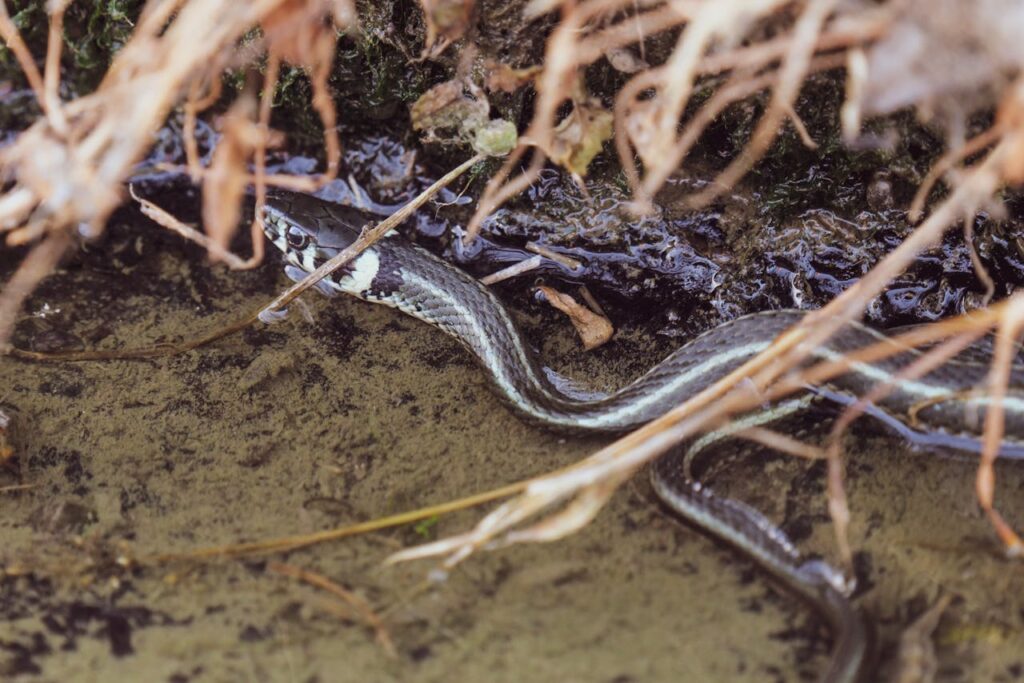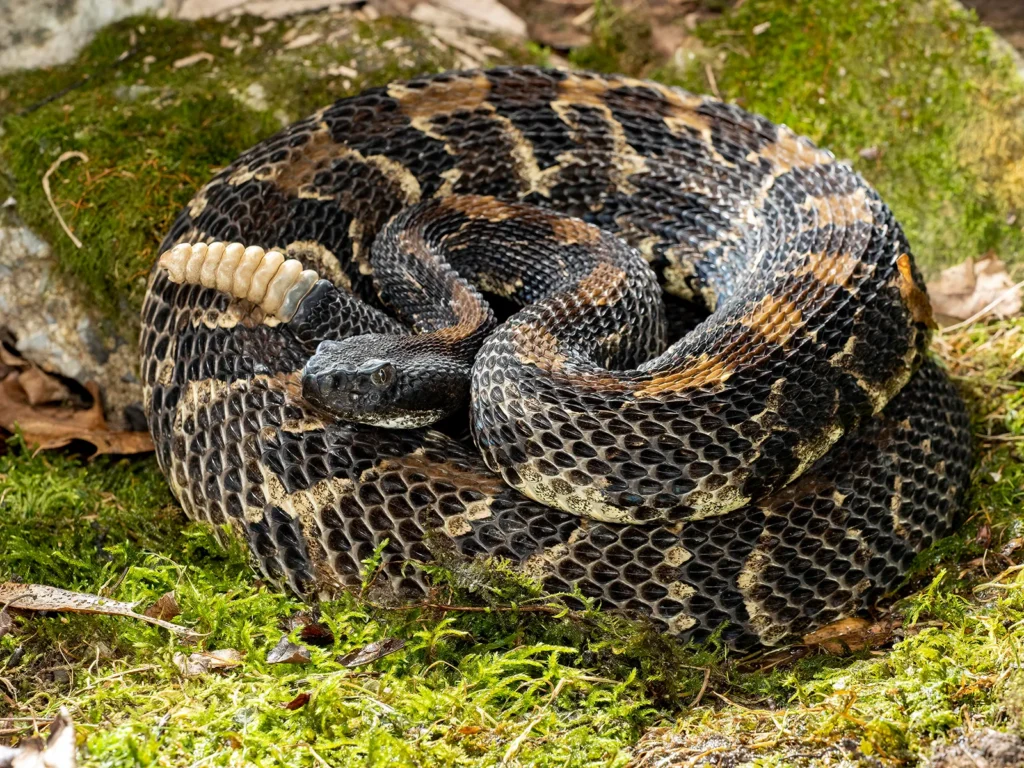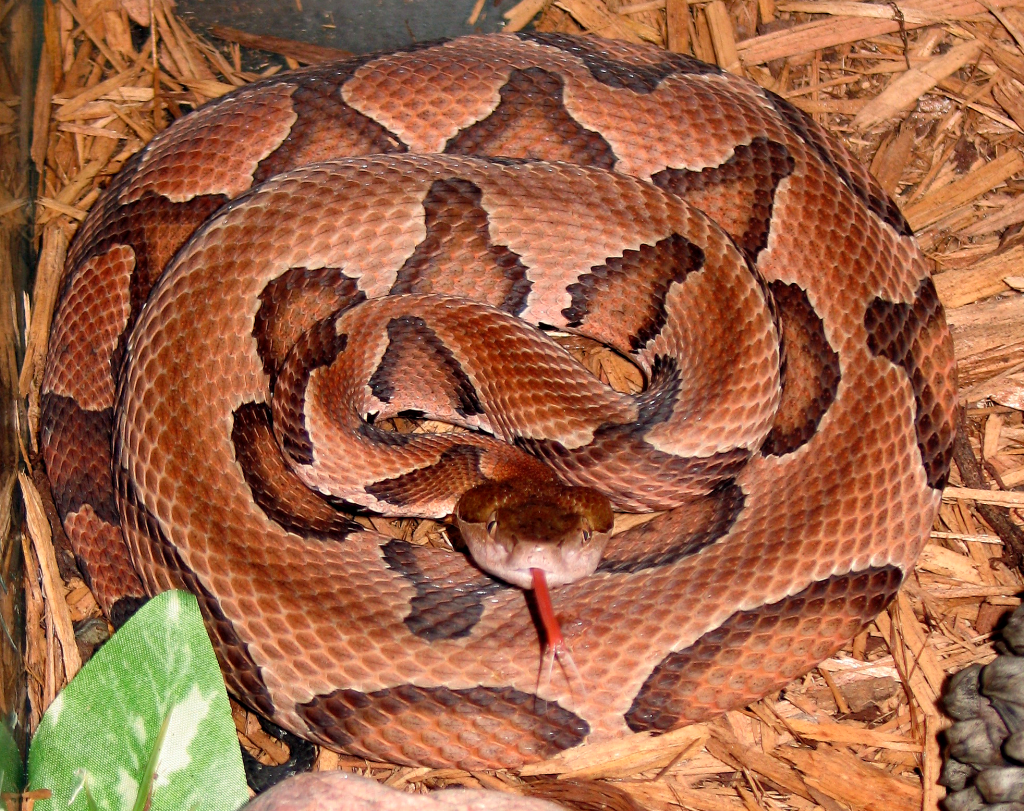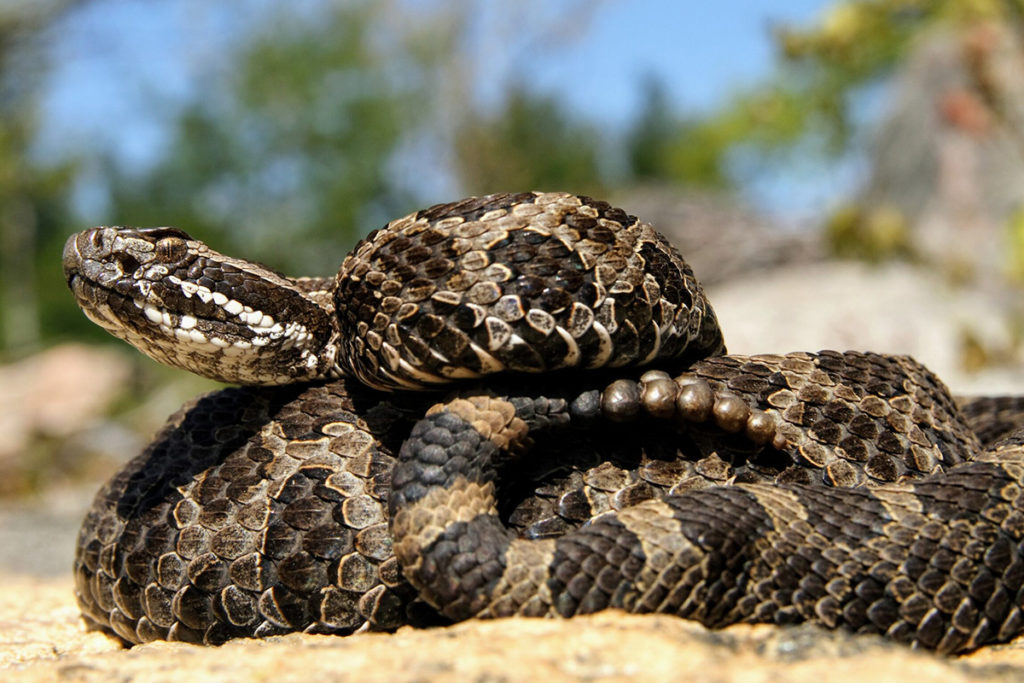
Ohio, a state known for its diverse ecosystems, is home to a variety of wildlife, including a small but significant group of venomous snakes. These creatures, often misunderstood and feared, play an essential role in maintaining the ecological balance. This article provides an in-depth look at the venomous snakes found in Ohio, their habitats, behaviors, identification tips, and the importance of coexisting with these fascinating reptiles.
The Venomous Trio of Ohio
Ohio is home to three venomous snake species, each with unique characteristics that set them apart from their non-venomous counterparts. These include the Eastern Timber Rattlesnake, the Northern Copperhead, and the Eastern Massasauga Rattlesnake.
Eastern Timber Rattlesnake (Crotalus horridus)

The Eastern Timber Rattlesnake is perhaps the most well-known venomous snake in Ohio, residing predominantly in the southeastern regions of the state. This species prefers deciduous forests and rocky outcrops. It is recognizable by its distinct rattle at the end of its tail, used as a warning to potential threats. The Eastern Timber Rattlesnake plays a critical role in controlling the populations of small mammals.
Northern Copperhead (Agkistrodon contortrix)

The Northern Copperhead, distinguished by its copper-red head and hourglass-patterned body, is found throughout Ohio, particularly in rocky forests and near streams. Despite its venomous bite, the Northern Copperhead is generally not aggressive towards humans unless provoked. Encounters with humans often result in dry bites, where venom is not injected.
Eastern Massasauga Rattlesnake (Sistrurus catenatus)

The Eastern Massasauga Rattlesnake is a smaller, less commonly encountered species, primarily inhabiting wetlands and floodplain areas. It is recognized by its smaller stature, unique pattern, and a less pronounced rattle compared to the Eastern Timber Rattlesnake. The Eastern Massasauga is considered threatened in Ohio, highlighting the importance of habitat preservation.
Habitats & Behaviors
Understanding the habitats and behaviors of these venomous snakes is crucial for both their conservation and ensuring human safety. While they can be found in specific environments tailored to their needs, all share a preference for undisturbed natural areas.
- Eastern Timber Rattlesnakes often seek the seclusion of dense forests and rocky ledges, where they can bask in the sun and hunt.
- Northern Copperheads adapt well to a variety of habitats but are commonly found near rocky outcrops and wooded areas, where they blend seamlessly into the leaf litter.
- Eastern Massasauga Rattlesnakes require wetlands for their survival, making their conservation a matter of preserving these sensitive habitats.
These Ohio snakes exhibit behaviors that are often misunderstood. For example, the rattling of a Timber Rattlesnake is a defensive mechanism, not an aggressive gesture. Similarly, the Northern Copperhead’s stillness when approached is more about camouflage than preparation to strike.
Identification & Safety
Identifying venomous snakes and ensuring safety during encounters are paramount for cohabitation with these reptiles. This section delves into the characteristics and behaviors that can help distinguish venomous snakes in Ohio and outlines measures to minimize risks.
Color and Pattern
Each of Ohio’s venomous snakes has distinct coloration and patterns, which are key to their identification:
- Eastern Timber Rattlesnakes feature a pattern of dark bands on a background ranging from yellowish to gray. This camouflage blends them into the forest floor.
- Northern Copperheads have a unique, hourglass-shaped banding pattern across their bodies, set against a pinkish-tan or copper background, which helps them hide among fallen leaves and rocks.
- Eastern Massasauga Rattlesnakes possess a pattern of dark brown spots on a lighter brown or gray background. This patterning helps them remain hidden in their preferred wetland habitats.
Learning these visual cues is essential for correctly identifying and distinguishing venomous snakes from similar, non-venomous species in Ohio.
Head Shape
The head shape of a snake can be a useful indicator of its venomous potential. Venomous snakes in Ohio tend to have a more triangular head shape due to the presence of venom glands:
- Venomous snakes like the Eastern Timber Rattlesnake and Northern Copperhead have distinctly broader heads with a more pronounced “V” shape when viewed from above. This is contrasted with the narrower, more elongated heads of non-venomous species.
- The head of a venomous snake may appear larger compared to its body due to the venom glands, offering a visual clue to cautious observers.
Identifying a snake by its head shape should be done from a safe distance, as getting too close can provoke an unwanted reaction.
Behavior
The behavior of a snake can also provide insights into its identification and whether it poses a risk:
- Rattling: The Eastern Timber Rattlesnake and the Eastern Massasauga Rattlesnake possess rattles at the end of their tails, which they use as a warning sign when threatened. If you hear a rattle, it’s a clear indication to back away slowly and give the snake space.
- Defensive Posture: When threatened, venomous snakes may coil and raise their heads in a defensive posture to make themselves appear larger and more intimidating. This behavior is a warning not to approach closer.
- Flight Over Fight: Contrary to popular belief, most venomous snakes prefer to avoid confrontation. If given an opportunity, they will choose to retreat rather than attack. Observing a snake’s behavior from a distance can often prevent an encounter from escalating.
Understanding these behaviors can help individuals make informed decisions when encountering a snake in the wild, reducing the risk of an adverse event.
Minimizing Risks
To ensure safety around venomous snakes:
- Keep a Safe Distance: Always maintain a safe distance from any snake, venomous or not. A distance of at least several feet is recommended.
- Do Not Attempt to Handle: Never try to handle or kill a venomous snake. This significantly increases the risk of a bite.
- Be Aware of Surroundings: When hiking or walking in snake-prone areas, be vigilant. Stick to well-traveled paths, and avoid reaching into areas where visibility is limited.
- Wear Protective Clothing: In areas known for venomous snakes, wearing boots and long pants can provide an extra layer of protection against accidental bites.
- Educate Others: Share knowledge about snake identification and safety with family and friends to help them stay safe.
By following these guidelines and respecting the natural behaviors of venomous snakes, people can safely coexist with these important members of Ohio’s ecosystems.
Coexisting with Ohio’s Venomous Snakes
The presence of venomous snakes in Ohio’s ecosystems is a sign of healthy, functioning environments. These snakes play a vital role in controlling pest populations and thus benefit humans indirectly. Encouraging the conservation of their natural habitats and educating the public about these misunderstood creatures can help reduce conflict and ensure their survival.
Conservation Efforts
Conservation efforts in Ohio focus on habitat preservation and public education. By protecting the natural areas that venomous snakes call home, we not only support them but also countless other species that share these ecosystems. Public education initiatives aim to demystify these snakes, reducing unfounded fears and promoting a more harmonious coexistence.
Conclusion
Venomous snakes in Ohio, though few, are a fascinating and integral part of the state’s biodiversity. Understanding, respecting, and protecting these creatures are key to ensuring their continued role in our ecosystems. By learning more about them, we can appreciate their presence and the benefits they bring to our natural world.
